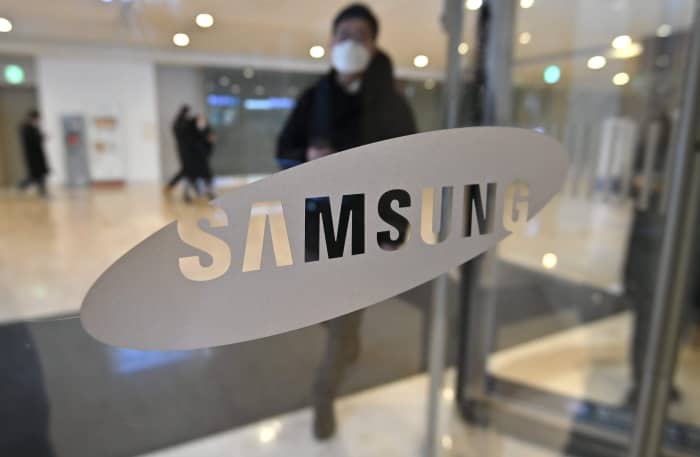Indian agency searches fintech Paytm, Razorpay and Cashfree offices in Chinese loan apps probe
Manish Singh
Sat, September 3, 2022

India's financial crime fighting agency searched the offices of fintech unicorns Paytm and Razorpay as well as Cashfree on Friday as part of an ongoing investigation into fraudulent Chinese loan apps, it said Saturday, the latest in a series of probes in recent months.
The Enforcement Directorate said its searches at high-profile Indian firms and businesses controlled by Chinese personnel were prompted by 18 complaints made to the Cyber Crime Police in Bengaluru. The complaints alleged the businesses' involvement in "extortion and harassment of the public who had availed small amount of loans through the mobile apps."
"During enquiries, it has emerged that these entities are controlled/operated by Chinese persons. The modus operandi of these entities is by using forged documents of Indians and making them as dummy directors of those entities, they are generating proceeds of crime," the agency said in a statement (PDF).
"It has come to notice that the said entities were doing their suspected/illegal business through various merchant IDs/accounts held with payment gateways/banks," the agency added.
The entities operated by Chinese personnel were generating "proceeds of crime through merchant IDs/accounts held with payment gateways/banks," the agency said. There were discrepancies in the addresses where they were operating and what they had disclosed to the local authority, the agency said.
The agency said it seized an amount of $2.13 million from Chinese personnel-controlled entities and its searches are ongoing.
The government agency has performed over half a dozen probes into tech firms this year, including at Chinese smartphone vendors Vivo, Oppo and Xiaomi and seized more than $1 billion of capital that it said firms had evaded in fraudulent tax computations.
Last week, it also searched the premises of CoinSwitch, a top local crypto exchange backed by Andreessen Horowitz and alleged the Indian firm acquired shares of over $200 million in violation of local forex laws, TechCrunch reported earlier.
The Enforcement Directorate also froze assets worth over $8 million from WazirX last month, citing suspected violation of foreign exchange rule, and $46 million from the local entity of Vauld for facilitating “crime-derived” proceeds from predatory lending firms.
Indian authorities are cracking down on lending apps that are charging exorbitant fees and using unethical means to collect the payments back. India's central bank is moving ahead with new guidelines for digital lending that will mandate firms to provide more disclosure and transparency to benefit consumers as well as restrict several business practices.
Google said last month that it has blocked over 2,000 unethical lending apps in India this year.
"We extended our diligent co-operation to the ED operations, providing them the required and necessary information on the same day of enquiry. Our operations and on-boarding processes adhere to the PMLA and KYC directions, and we will continue to do so in the time to follow," a Cashfree spokesperson said in a statement.
Predatory loan apps in India rake in huge fees, and are driving some users to suicide















